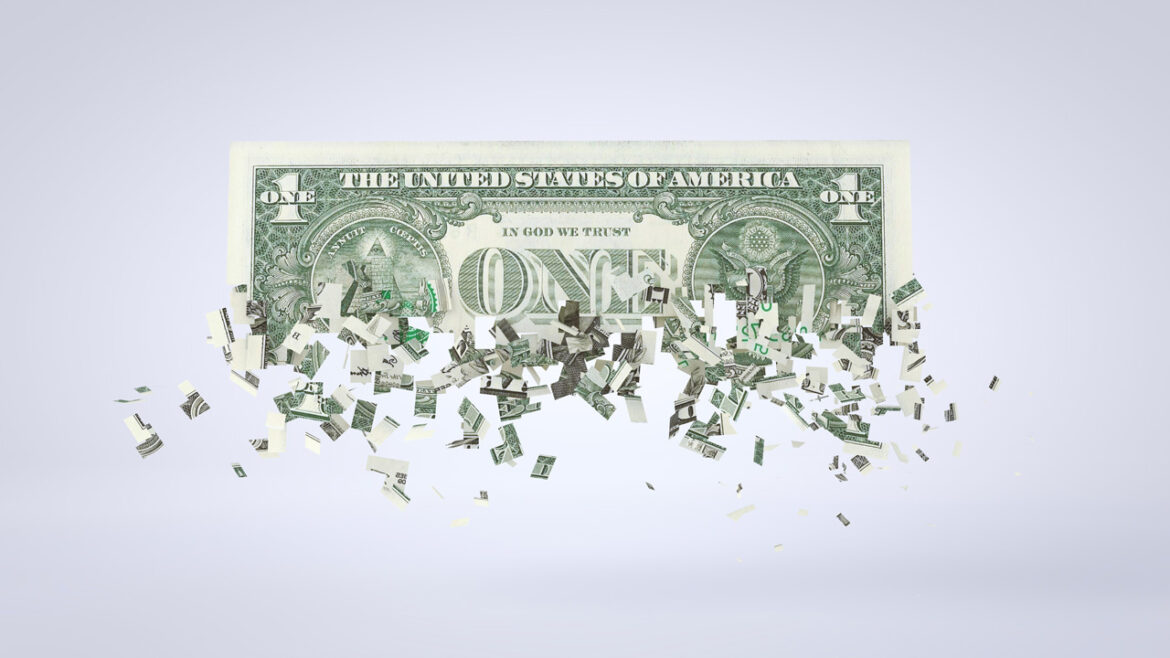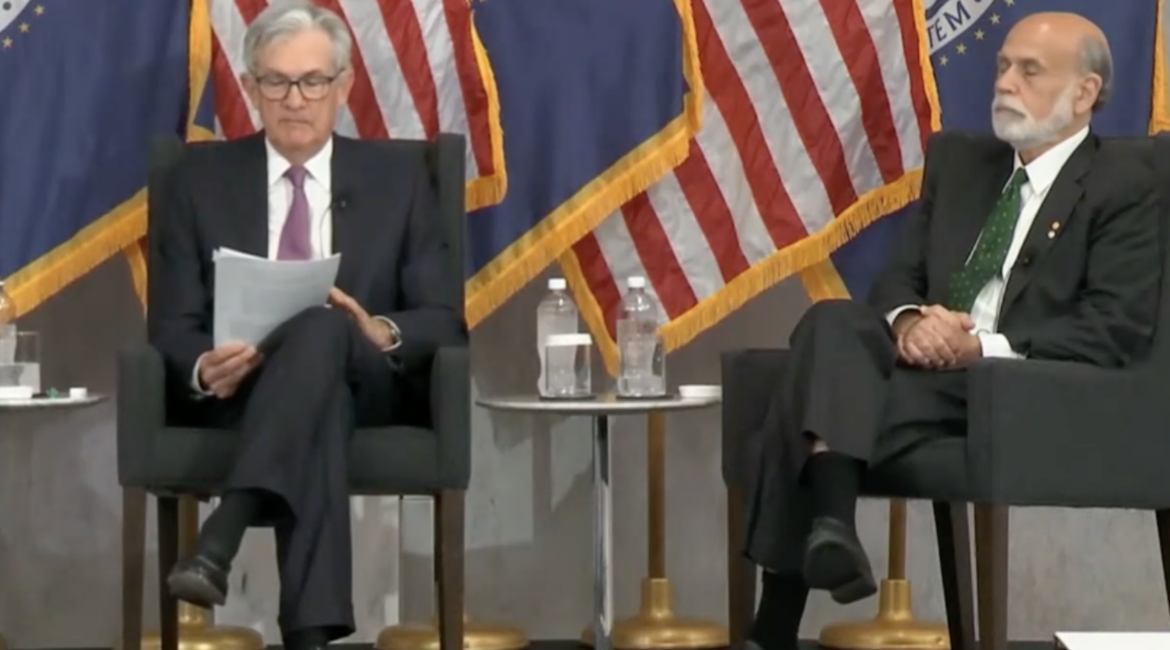Gold has all the potential to go unprecedentedly high. But silver will be gold on
Site:
Precious metals news
US mortgage rates rose to a more than two-month high, reducing home purchase and refinance activity.
What could happen on Main Street if Washington's political showdown over the debt ceiling stopped the government from cutting checks that fund a quarter of the economy? Americans could quickly notice painful blows dealt to their retirement accounts as stock markets swooned, and within days the lack of federal payments could weigh heavily on doctors' offices, retirees...
"They may get to the last hour before there's an agreement. Or it's possible they don't reach an agreement. If that doesn't happen, then the market is going to crash." Nouriel Roubini, chairman and CEO at Roubini Macro Associates, discusses the US debt-ceiling impasse in an interview on the sidelines of the Qatar Economic Forum in Doha.
China’s benchmark stock index erased all its gains for the year as a weaker yuan and developers’ debt woes added to persistent worries over growth and geopolitics.
The warnings from credit watchers have been coming for months: A looming wave of corporate defaults is going to shatter the calm in equity markets. And still, US stocks have powered to highs last seen in August.
Even record dividends aren’t tempting investors enough to bet on stocks they see as more vulnerable in a recession.
 Jamie Dimon Warns of 7% Fed Rate, Banking Crisis, Bleak Commercial Real Estate
Jamie Dimon Warns of 7% Fed Rate, Banking Crisis, Bleak Commercial Real EstateMay 24, 2023 - 05:35:52 PDT
The U.S. banking crisis, which has claimed a few victims since March, is the direct result of the Fed's fight against high Inflation. Uncertainty about the health of regional banks and rising yields in the money market led to a steady outflow of deposits, bringing banks' balance sheets to their knees.
The latest stalemate is in no small part because of an effort by the most conservative Republicans to preemptively kill any bipartisan deal.
Stagflation is taking hold in Britain as inflation printed much hotter than expected this morning with services and core CPI at their highest since 1992.
Minutes from the Fed’s May 2-3 meeting could offer clues as to just how seriously officials considered holding interest rates steady.
Stocks lurched downwards on Wednesday as U.S. debt ceiling negotiations dragged on without resolution, stoking a general malaise in markets that saw safe haven assets like the dollar and gold hold around recent highs. The New Zealand dollar meanwhile tumbled after the central bank caught markets off-guard by flagging that its tightening cycle is over. Europe's benchmark...
We are in the midst of yet another debt ceiling fight.This is mostly political theater. That being the case, both Democrats and Republicans are using the drama in an effort to score political points and push policy in their preferred direction.And since politicians are involved, they're telling a lot of lies.
The debt ceiling fight is getting down to the wire. In a letter to Congress on Monday, Treasury Secretary Janet Yellen said that without a debt ceiling increase, it was highly likely the government wouldn't be able to meet all of its obligations by "early June, and potentially as early as June 1."Despite the drama, I still expect Congress to get a deal done. And that's when the real problems begin.
Seasonally Adjusted Money Supply in April fell $167B. As the chart below shows, this is now the 9th consecutive monthly drop. This is also the second-largest drop of all time, behind only last month.
Citigroup projects silver could rise to $30 an ounce in the next six months to a year.With silver currently in the $23.00 range, this represents a possible 30% return.
Federal Reserve Chairman Jerome Powell and former chair Ben Bernanke recently fielded questions together at the annual Thomas Laubach Research Conference put on by the central bank. They engaged in a lot of finger-pointing but didn't offer a hint of self-reflection as they discussed inflation and the state of the economy.
The world will likely experience a tremendous Silver Industrial & Investment Demand Squeeze in the next several years. And, when you add on top of that the massive "Energy Cost-Push Inflation" coming, this will be very Bullish for the silver price. While I don't believe silver industrial demand will continue...
May 23, 2023 - 13:06:40 PDT
The Goznak Joint Stock Company, which operates the Moscow Mint, recently announced that gold ingots weighing up to 20 grams can now be purchased through their website. This development is part of a broader initiative aimed at encouraging Russians to move away from US dollar savings and explore alternative investment options.
The bottom line is that we are facing a severe recession, a financial crisis worse than 2008, de-dollarization, lost confidence in the Fed and the U.S. dollar, political repression through the rise of central bank digital currencies (CBDCs) and potentially, extreme social unrest. The winners in this scenario are gold, silver, land, energy, agriculture and U.S. Treasury notes. The losers are stocks, corporate bonds, and commercial real estate.
 Inflation Has Eroded Us Households’ Financial Security, Fed Survey Shows
Inflation Has Eroded Us Households’ Financial Security, Fed Survey ShowsMay 23, 2023 - 13:01:23 PDT
The inflation wave that crested at a 40-year high last year and remains elevated has eroded U.S. households' sense of financial security, the Federal Reserve reported Monday, with many saying they had reduced their savings to make ends meet, felt less secure about retirement, and had delayed purchases or swapped into cheaper products as they shopped.









